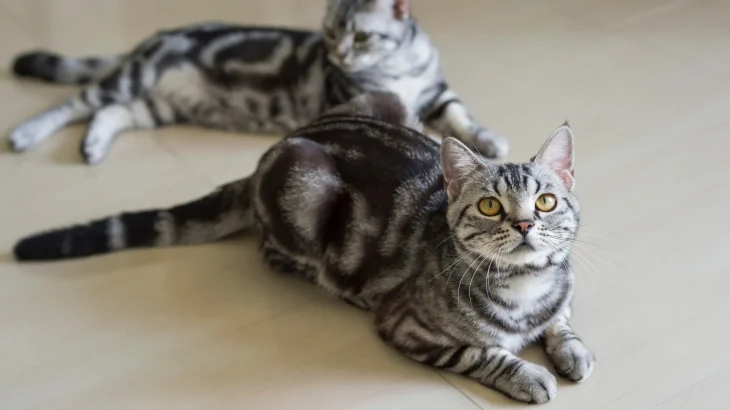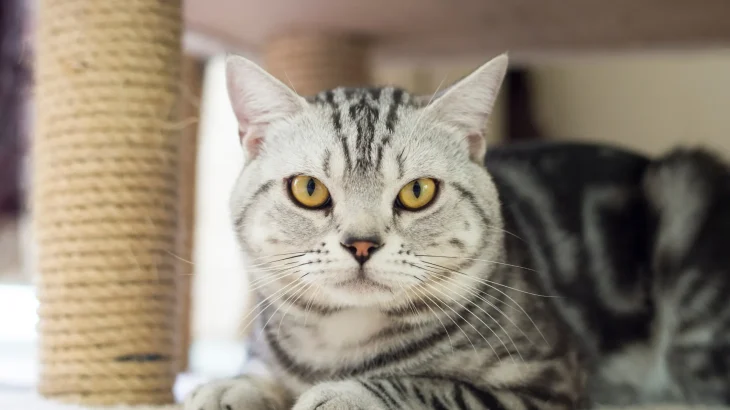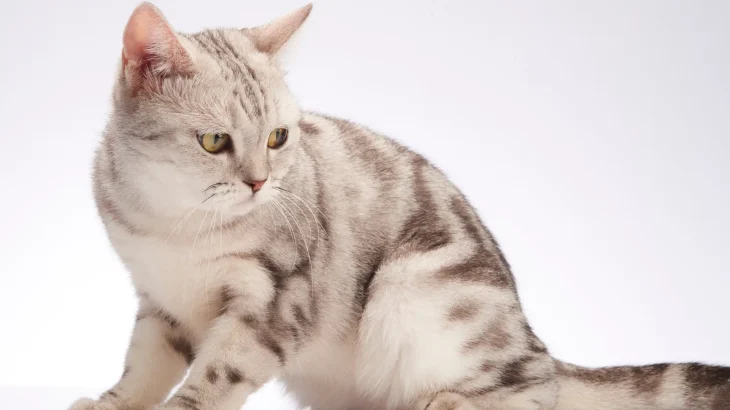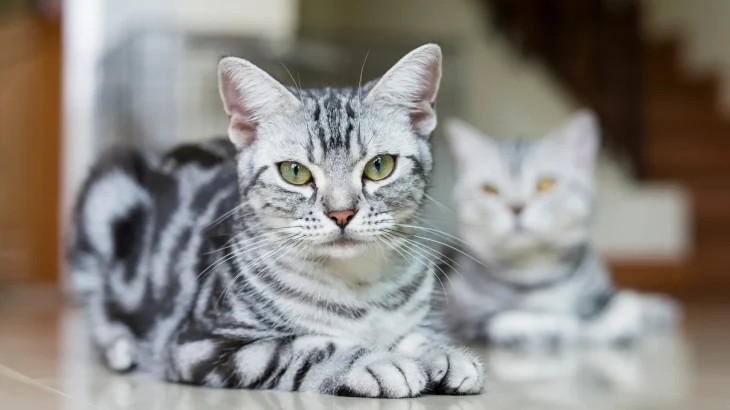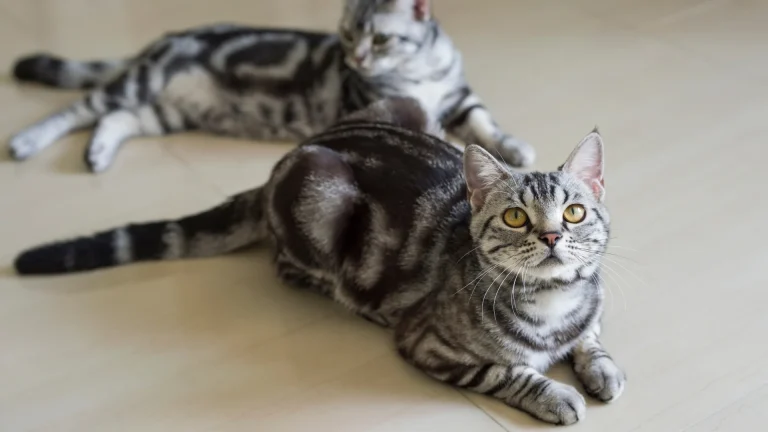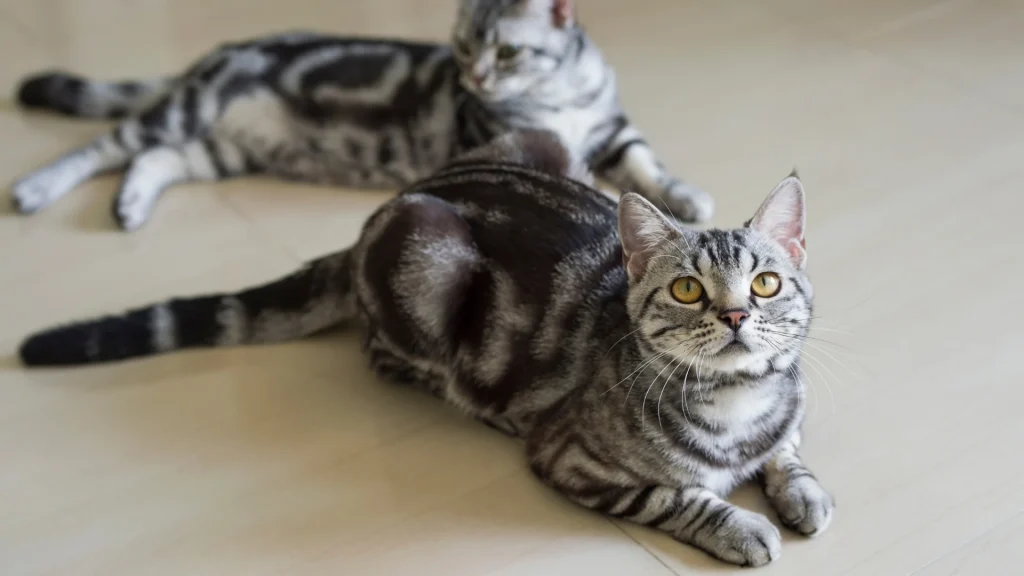When deciding whether to bring an American Shorthair kitten into your home, you can choose between adopting or purchasing. Each option has unique benefits that affect your experience, from cost to knowledge about the cat's background. It's important to weigh these practical aspects before making your decision.
Adoption vs. Breeder: Pros & Cons
| Criteria | Buying from Breeder | Adopting from Shelter/Rescue |
|---|---|---|
| Cost | Typically higher initial cost, often $500-$1,500, reflecting breed purity and breeder care. | Generally lower fees, usually $50-$150, covering basic care and vaccinations. |
| Health History | Comprehensive health records and genetic screenings are usually available. | Health history may be limited or unknown; shelters do basic health checks. |
| Age Availability | Primarily kittens available, allowing you to raise them from a young age. | Variety of ages offered, including kittens, adults, and seniors. |
| Temperament Insight | Breeders can provide details about lineage temperament and behavior traits. | Shelter staff can share observed behaviors but full temperament history may be unknown. |
| Supporting Practices | Supports preservation of breed with responsible breeding practices. | Supports animal welfare by giving homes to cats in need and reducing overpopulation. |
| Ethical Considerations | Critical to choose ethical breeders to avoid irresponsible breeding. | Adoption promotes rescue and reduces demand for commercial breeding. |

